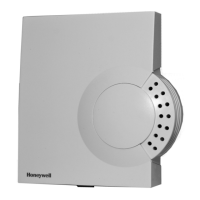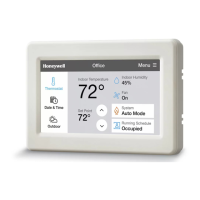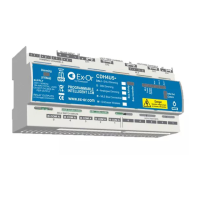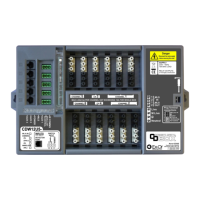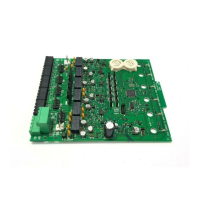FALCON USER GUIDE
EN2Z-0962GE51 R0715 56
Causes for a fault can be, for example sensor and cable breaks. See “Status Flag
indications for details.
High Limit
Point value has exceeded the high limit. Special case of the Off-Normal state of
analog inputs, analog outputs, and analog value points (see also Alarm range
properties in the table below).
Low Limit
Point value has dropped below the low limit. Special case of the Off-Normal state of
analog inputs and outputs (see also Alarm range properties in the table below).
Fault
NOTE: The Fault property exists twice. In one case, it displays the actual status of
certain datapoints, in the other case; it allows selecting which condition
should be the fault condition.
Display of actual status
Datapoint Type
AI AO AV BI BO
BV MI MO
MV
PC RI RO
HTML Interface CARE
Editing -
Indicates the fault status of the datapoint. When the ´Fault` status flag is enabled,
the datapoint or the physical input is not reliable, e.g. in case of sensor break (Open
Loop). See “Status Flag Indications” for details.
NOTE: Multiple flag indications may be possible.
Alarm reporting of Faults:
The ´Fault` status of a point will generate an alarm if a notification class is selected.
Example: A ´To-Fault transition` will always enable the ´In Alarm` flag. Hence both,
the ´In Alarm` and the ´Fault` status flags are enabled.
Definition of fault condition
AI AO AV BI BO
BV MI MO
MV
PC RI RO
User Interface HTML Interface CARE
x X
Equivalent Is Fault Condition
Defines the state which indicates and sets off a ´Fault` event. If enabled, the fault
text of the corresponding transition event is displayed.
Example:
States Fault Fault Text Display
1 NO NO
2 YES YES
See also "Is Fault Condition" section.
High Limit Enable
Datapoint Type AI AO AV BI BO
BV MI MO
MV
PC RI RO
HTML Interface CARE
Editing x x

